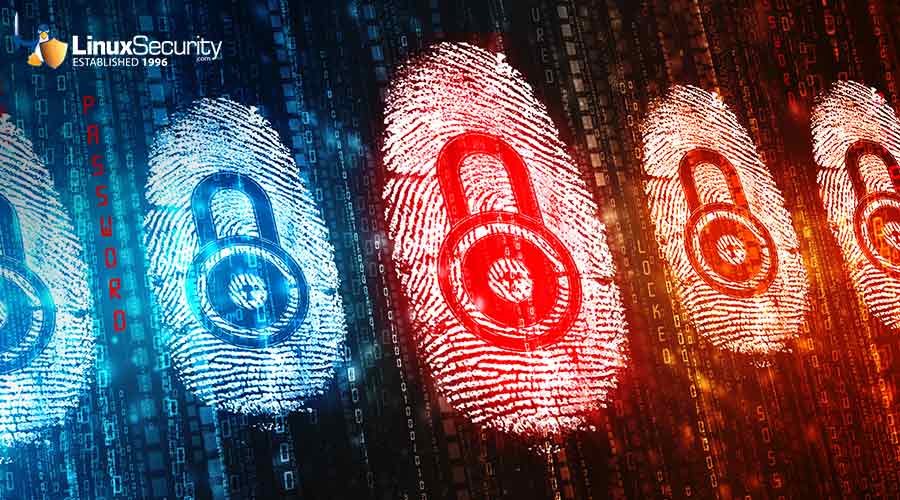Is Cyberterrorism Being Thwarted?
While the government was creating the DHS, computer-security experts began drafting a strategy for securing the nation's computer networks. Homeland Security's National Cyber Security Division, formed in 2003, has collaborated with industry, academia, and the international community to improve cybersecurity. It created the US-CERT in 2003 to act as our nation's single point of contact for Internet-security readiness. Network administrators subscribe to this warning system and use it together with private services to understand new Internet threats and vulnerabilities, such as viruses, worms, and weaknesses in popular software. Also, the FBI and the Secret Service have formed cybercrime investigative teams that have bagged numerous fraudsters and thieves in the private sector.
The link for this article located at Marcus Sachs, C. Wayne Crews is no longer available.






![Multiple Chromium DoS, Info Disclosure Vulns Fixed [Updated] 23.Tablet Connections Esm W300](/images/articles/900x500/23.Tablet_Connections.jpg#joomlaImage://local-images/articles/900x500/23.Tablet_Connections-esm-w300.jpg?width=900&height=500)
















